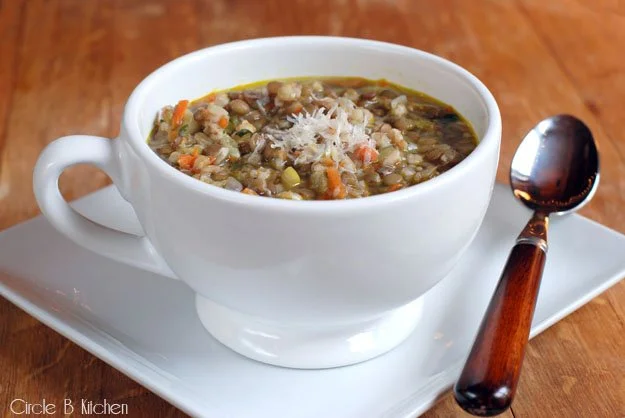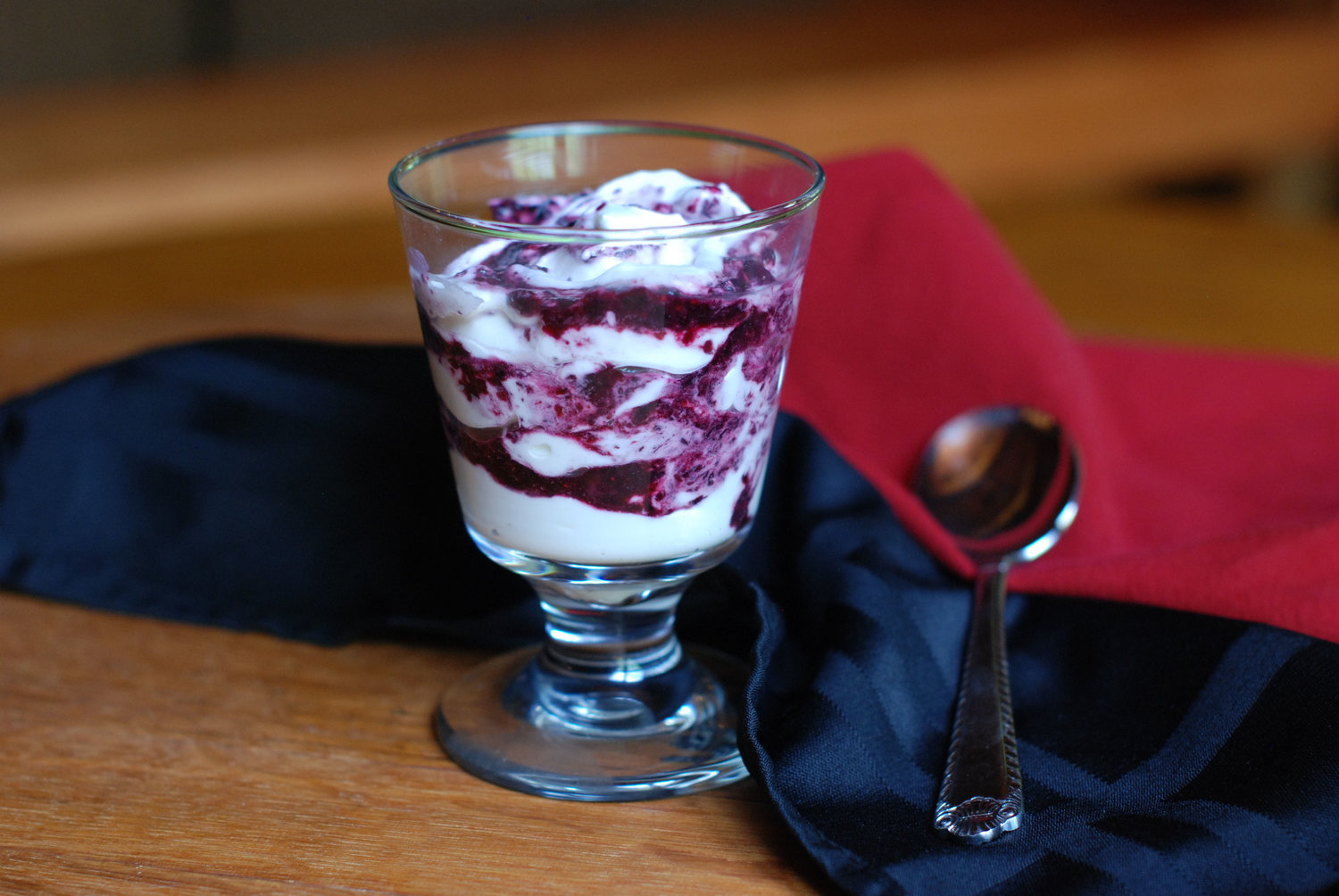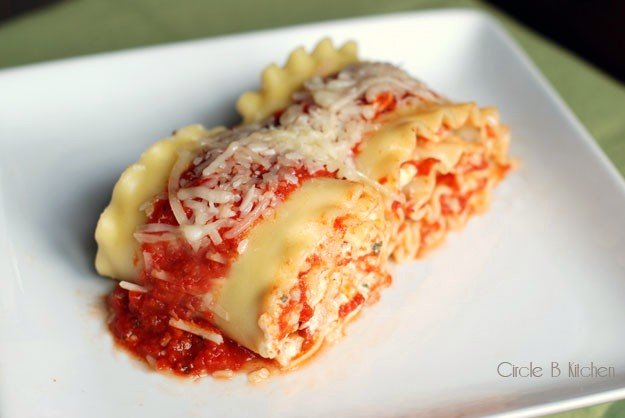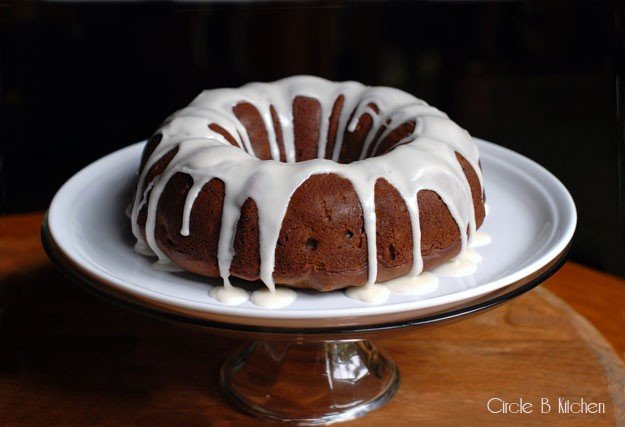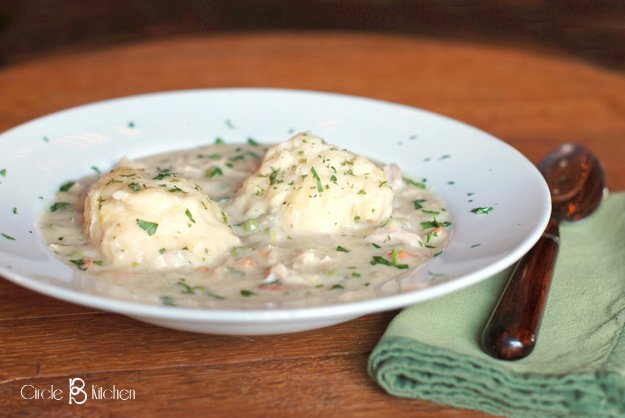Tuscan Herb Salt
/
The past week has been a bit of a blur for us, what with the packing, and shipping boxes home and the leave-taking and teary good-byes and hours spent in airplanes and airports and finally the homecoming and unpacking and organizing and settling back in. Yes, we’ve traded in the 70-degree sun-soaked California beaches of the Circle B Kitchen West for our -4 degree, snow-covered homestead here in the Midwest. Say what you will, but it’s home. And really, there’s just no place like it.
But even with all that, somewhere towards the end of our stay in sunny CA, I got around to making this Tuscan herb salt that’s been on my to-do list for ages. It did not disappoint. Amazingly flavorful and easy to make, I can't imagine not having a jar of this around from now on.
So far I’ve used it to season some salmon I made the other night (I've included a link to the recipe below), sprinkled it over some fresh mozzarella drizzled with olive oil to marinate (yum), stirred some into yogurt cheese, and sprinkled it into our eggs this morning. It lent a lovely herbaceousness to each of those dishes without being overpowering, and the aromas of this mixture are such that I can barely walk by the jar without sticking my nose in it.
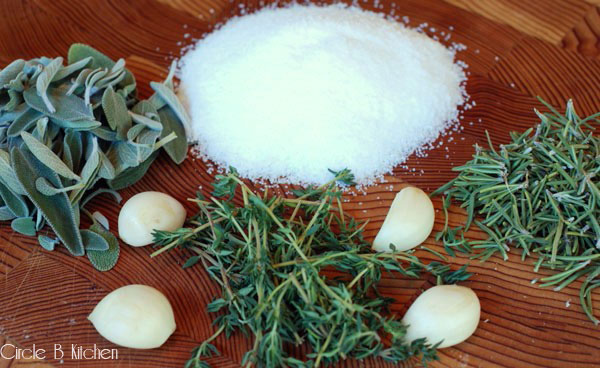
The recipe comes from Lynn Rosetto Kasper’s “The Splendid Table”, and she describes it as an essential seasoning in Tuscan kitchens. No big mystery there… this is amazing stuff. The basic recipe calls for fresh rosemary and sage. I had some parsley and thyme on hand, so added those too (yes… parsley, sage, rosemary and thyme). You can substitute your favorite herbs, but the rosemary and sage are traditional and fragrantly wonderful. In Tuscany, it is mostly used to season pork, chicken and beef. I will be sprinkling it on my focaccia too.
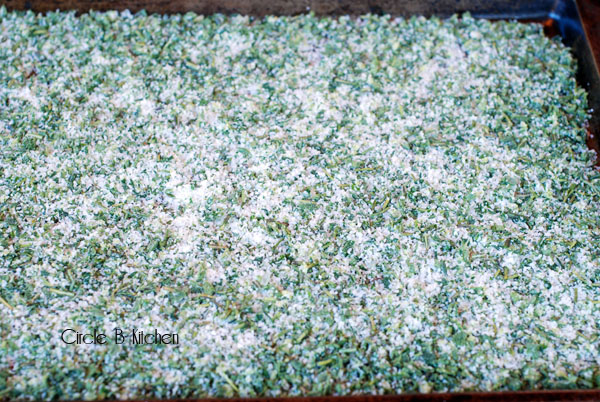
If you have a food processor, it’s a cinch to throw this together. If you don’t, a sharp knife will be essential, and definitely still very do-able. And really, once you get a whiff of this herb/garlic/salt mixture, you’re going to want it on everything. OK, not everything, but definitely keep it close by for a bit of Tuscan aromatherapy.
Tuscan Herb Salt
Click here for a printable recipe
Recipe courtesy of Sally Schneider via The Splendid Table
This is a classic herb salt used in Northern Italy. It is good on just about anything. Use it as an essential seasoning for roasts of all kinds, but it’s also great on vegetables, beans, popcorn, potatoes, bread or eggs. It's truly wonderful on fish... here's my salmon recipe which uses the herb salt to season the fish and also to create a creamy sauce for it.
The recipe calls for kosher salt, which I thought worked really well. Diamond Crystal kosher salt is very good. You can use other favorite salts for this, but do not use regular table salt (too salty), and I would stay away from grey salt because of its moisture content.
Hand chopping gives a slightly less-uniform salt and is surprisingly easy, but a food processor will get the job done in no time.
Ingredients:
4 to 5 garlic cloves, peeled
Between 1/3 and 1/2 cup kosher salt (I used close to 1/2 cup)
About 2 cups loosely-packed, pungent fresh herbs such as sage, rosemary, thyme (the traditional Tuscan version uses 50/50 sage and rosemary)
Hand-Chopped Method
1. Cut each garlic clove lengthwise through the center and remove the sprout (if any) in the center and discard.
2. Mound the salt and garlic on a cutting board. Use a chef's knife to mince the garlic, blending it with the salt as you work.
3. Place herbs in a mound and coarsely chop them. Add the herbs to the garlic salt and chop them together to the texture of coarse sand.
4. Can use this immediately, or spread the salt on a baking sheet or in wide flat bowls and leave them near an open window for a couple of days to dry. Store in clean, dry jars, or for gifts, pack into cello bags and tie with a ribbon.
Food Processor Method
1. Cut each garlic clove lengthwise through the center and remove the sprout (if any) in the center and discard.
2. In the work bowl of a food processor, combine the garlic and 2 tablespoons of the salt. Pulse until the garlic is chopped medium-coarse. Add the herbs and continue pulsing until the mixture is the texture of very coarse sand. Transfer to a sheet pan and toss with the remaining salt.
3. Can use this immediately, or spread the salt on a baking sheet or in wide flat bowls and leave them near an open window for a couple of days to dry. Store in clean, dry jars, or for gifts, pack into cello bags and tie with a ribbon.





